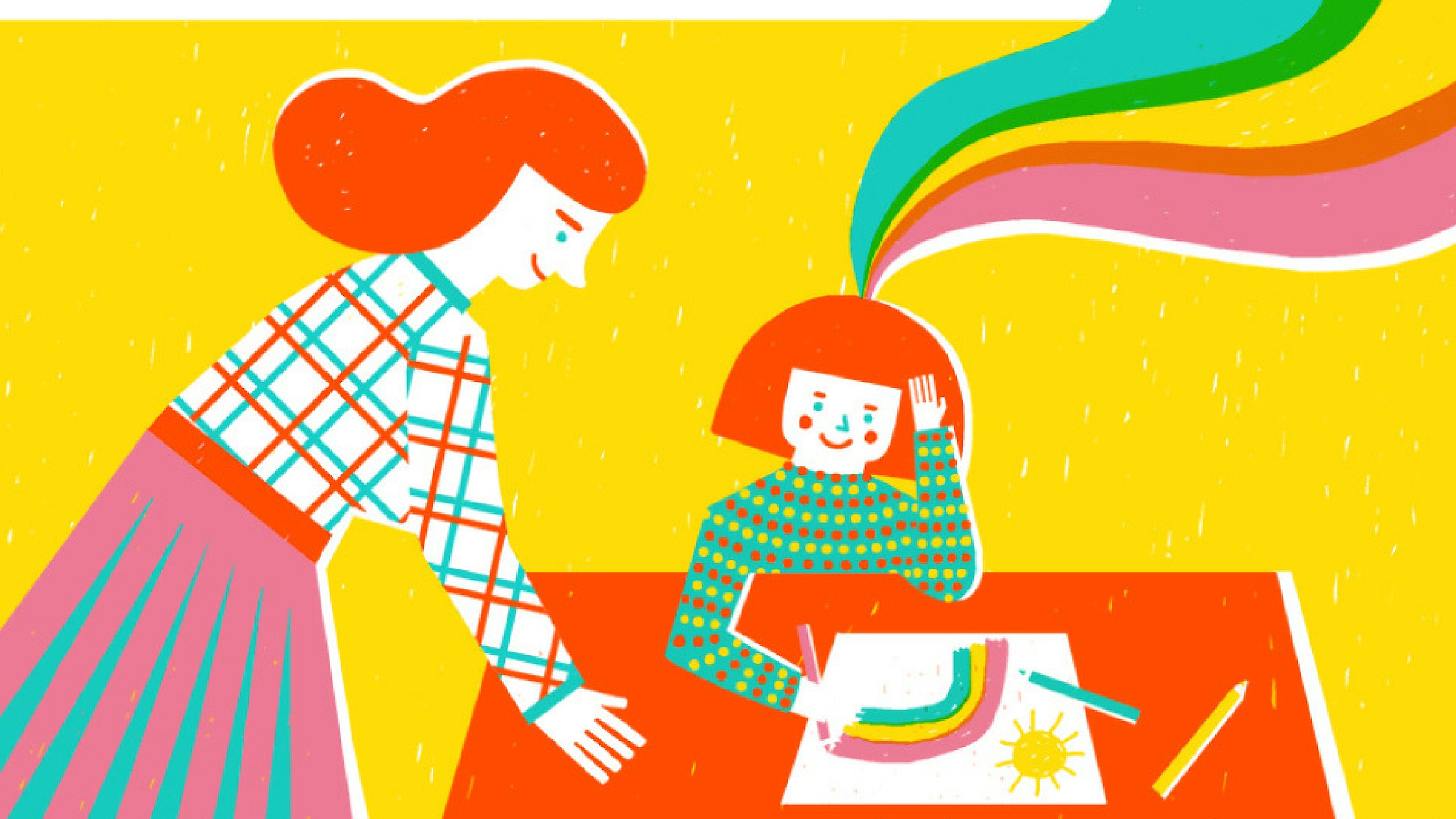Supporting pupils with autism

Autism is a spectrum, and as such, it includes a wide range of individuals. For some individuals, autism is also accompanied by a learning disability, but others have average or above average intellectual ability.
People with autism include those who need a great deal of support and those who can live independently by managing their lives within the parameters of their own needs. Indeed some people in this latter group may remain unknown to supporters or service providers unless a breakdown occurs in their own managing strategies.

When supporting pupils with autism it is vital to allow for and respect the right to be different. Accepting, valuing and celebrating the differences in each individual enables their needs to be met and sets realistic expectations in the classroom.
Adjust your language
Even able pupils with ASD may struggle to process long instructions. Try to give instructions in the order events will happen e.g. “Toilet, coat, then playtime outside”. It is also useful to avoid phrases like: will you, can you. would you like to write, sit, come with me etc.….Instead try using one or two words at a time and concentrate on the verb.
It would also be important to use the pupil’s name so that they understand you are not referring to everyone. Once instructions have been given it may be of benefit to the pupil to have some time to process the language.
Convey information visually
Visual information including writing, pictures etc. is there for longer and can be referred back to. Symbols can also be used to help with communication particularly if the visuals break down tasks into small achievable chunks and can define where activity begins and ends. Photos can be particularly powerful when trying to remember or convey new experiences and activities.

Provide structure
This helps pupils with ASD organise and sequence the structure of the day/session so that their anxiety is kept to a minimum. Safe, predictable routines will allow pupils to know the following: What do I need to do? Where will I do it? Who will I do it with? How do I do it? How long will it last? What will happen next?
Reduce anxiety
Try to recognise stress triggers and avoid or minimise these where possible. Some pupils have considerable sensitivities to sound, smell or noise and these sensory needs must also be considered.
All behaviours are communication and when faced with any of the challenging behaviours we must remember to try to avoid confrontations and instead use known motivators and distraction to keep the child calm. It is important though to return to the problem at a later point when the child is calm.







Thanks it was very interesting and helpful to read. I have given a presentation on this topic of Autism in my bachelor’s class.